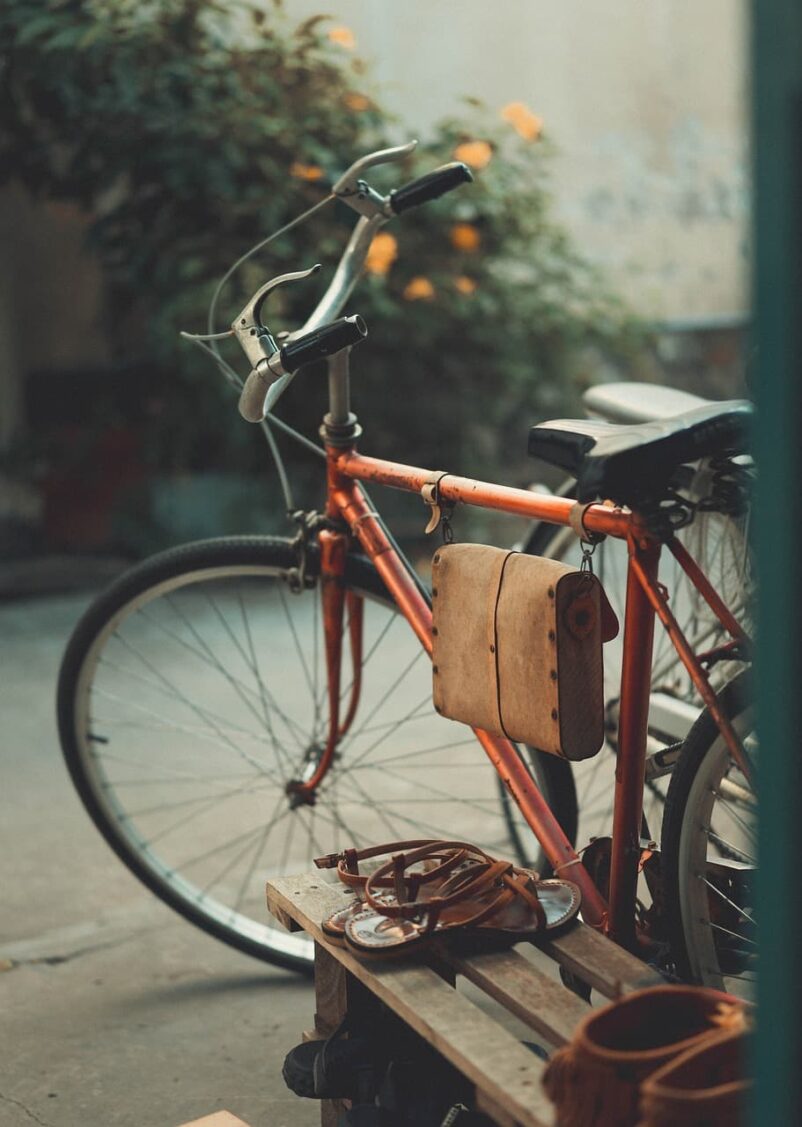Cycling is more than just a mode of transportation; it’s a lifestyle, a fitness regimen, and a thrilling adventure rolled into one. Whether you’re a seasoned cyclist or just starting your journey on two wheels, having the right gear is essential for an enjoyable and safe experience. In this article, we’ll explore the must-have equipment for every cyclist, from helmets to pedals and everything in between.
1. Helmet
Your helmet is arguably the most critical piece of cycling gear. It’s your first line of defense in case of an accident, providing protection for your head and brain. When choosing a helmet, consider the following:
Fit: The helmet should fit snugly on your head without being too tight. Look for one with adjustable straps and sizing options to ensure a comfortable fit.
Safety Standards: Opt for a helmet that meets safety standards like CPSC, EN-1078, or MIPS (Multi-directional Impact Protection System) for added safety.
Ventilation: Adequate ventilation helps keep your head cool during long rides. Look for helmets with well-placed vents.
2. Bike
Of course, you can’t cycle without a bike. Your choice of bike will depend on your intended use:
Road Bike: Designed for speed and efficiency, road bikes have thin, smooth tires and lightweight frames. They’re ideal for pavement and long-distance rides.
Mountain Bike: With wider, knobby tires and sturdy frames, mountain bikes are built for off-road adventures. They can handle rugged terrain, making them perfect for trails and hills.
Hybrid Bike: Hybrid bikes offer a balance between road and mountain bikes, making them versatile for various terrains. They’re great for casual riders and commuters.
Touring Bike: If you’re planning long-distance tours, consider a touring bike. They’re built for comfort and carrying loads.
Fixed Gear/Single Speed: These minimalist bikes have no gears or freewheel mechanism. They offer a straightforward and low-maintenance riding experience.
Electric Bike (E-Bike): E-bikes come with a motor that provides pedal assistance. They’re excellent for riders looking to cover longer distances with less effort.
3. Tires and Tubes
The type of tires you choose will depend on your bike and riding style:
Road Tires: Thin and smooth for minimal rolling resistance and higher speeds on pavement.
Mountain Tires: Wide and knobby for better traction on rough terrain.
Hybrid Tires: A compromise between road and mountain tires, suitable for various surfaces.
Make sure to carry spare tubes and a puncture repair kit with you, as flat tires are a common occurrence in cycling.
4. Cycling Clothing
While you don’t need specialized clothing to ride, cycling-specific gear can significantly enhance your comfort and performance:
Cycling Shorts: Padded shorts reduce chafing and provide cushioning for your sit bones.
Cycling Jersey: Moisture-wicking jerseys keep you cool and dry during rides.
Cycling Gloves: These protect your hands and provide a better grip on the handlebars.
Cycling Shoes: Clipless or flat pedals, your choice of shoes can significantly affect your pedaling efficiency.
Arm and Leg Warmers: These are essential for changing weather conditions.
Rain Jacket: A waterproof jacket keeps you dry in wet conditions.
5. Lights
If you plan to ride during low-light conditions or at night, lights are a must for safety. Most cyclists use both front and rear lights to increase visibility to motorists and pedestrians.
Front Light: Illuminate the road ahead to see and be seen by oncoming traffic.
Rear Light: Alerts vehicles behind you to your presence.
6. Lock
A sturdy lock is essential for preventing bike theft. U-locks and chain locks are popular choices. Always lock your bike securely, especially in urban areas.
7. Water Bottle and Cage
Staying hydrated is crucial, even on short rides. A water bottle and cage attached to your bike frame allow easy access to fluids while cycling.
8. Tool Kit
Carry a basic tool kit for on-the-road repairs and adjustments. Your kit should include:
Multi-tool: Contains various wrenches, screwdrivers, and a chain breaker.
Tire Levers: Helps remove and install tires during tube replacements.
Mini Pump or CO2 Inflator: Allows you to inflate tires when needed.
Patch Kit: For repairing punctured tubes.
9. Cycling Computer
A cycling computer or GPS device can track your speed, distance, time, and even heart rate. It’s a valuable tool for tracking your progress and planning routes.
10. Fenders and Mudguards
These accessories help keep you and your bike clean when riding in wet or muddy conditions. They prevent water and mud from splashing onto your clothes and face.
11. Bike Rack
If you plan to transport your bike by car, a bike rack is essential. Choose a rack that suits your vehicle and can securely hold your bike(s).
12. Bell or Horn
A bell or horn alerts pedestrians and other cyclists to your presence, enhancing safety, especially on shared paths and trails.
13. First Aid Kit
Accidents can happen, so it’s wise to carry a basic first aid kit with essentials like bandages, antiseptic wipes, and pain relievers.
14. Saddlebag
A saddlebag attaches to your bike and provides storage space for your tool kit, spare tubes, and other small items.
15. Bike Pump at Home
Having a floor pump at home makes it easy to keep your tires properly inflated before each ride.
Remember that the right gear not only enhances your cycling experience but also contributes to your safety. Investing in quality equipment and performing regular maintenance will ensure that your bike remains in top shape, allowing you to enjoy the countless benefits of cycling for years to come. So, gear up and hit the open road or trail for your next cycling adventure!
